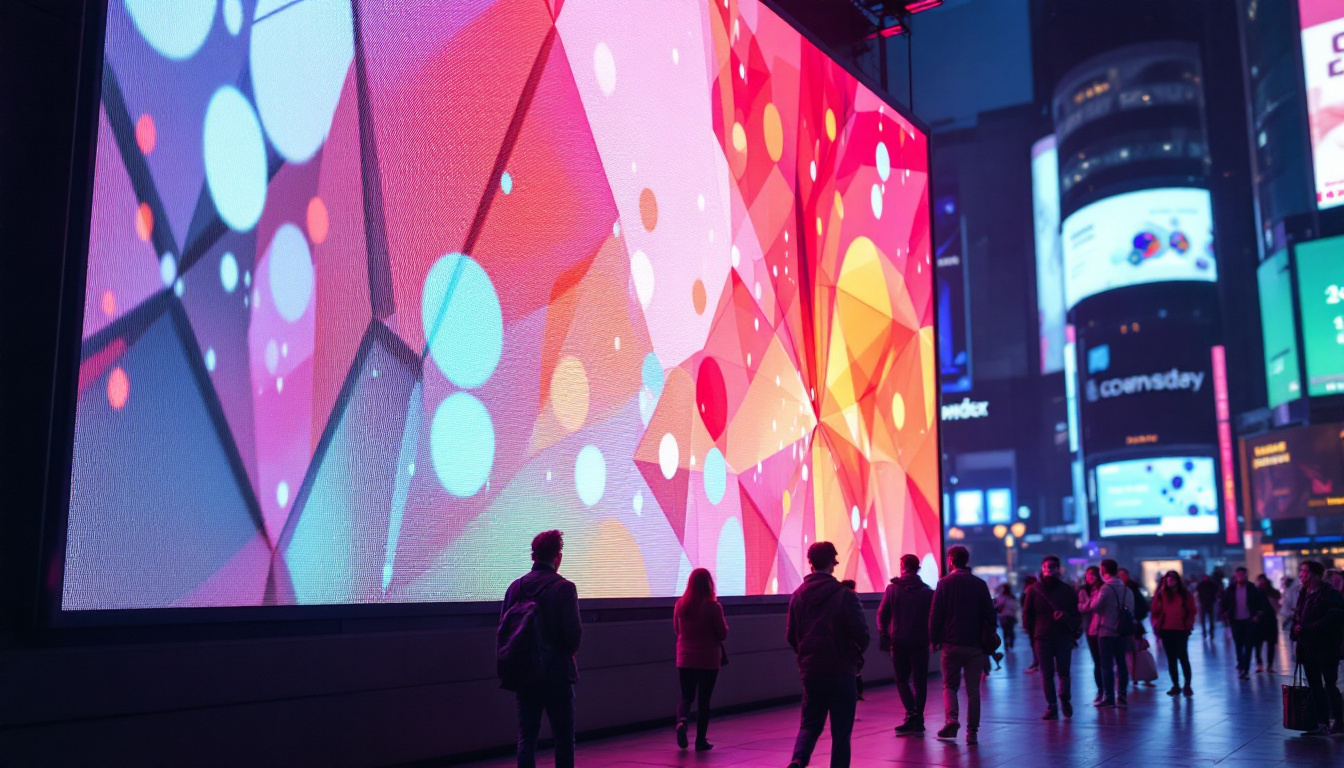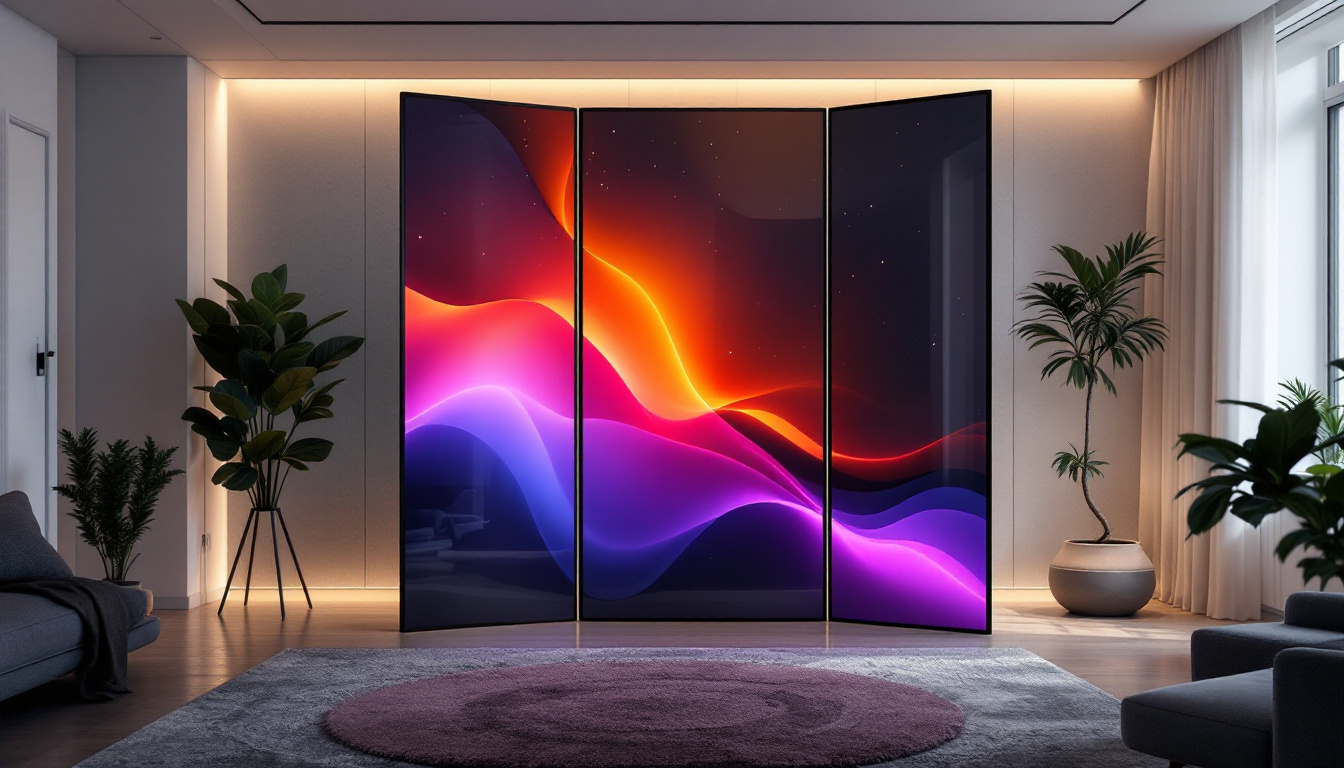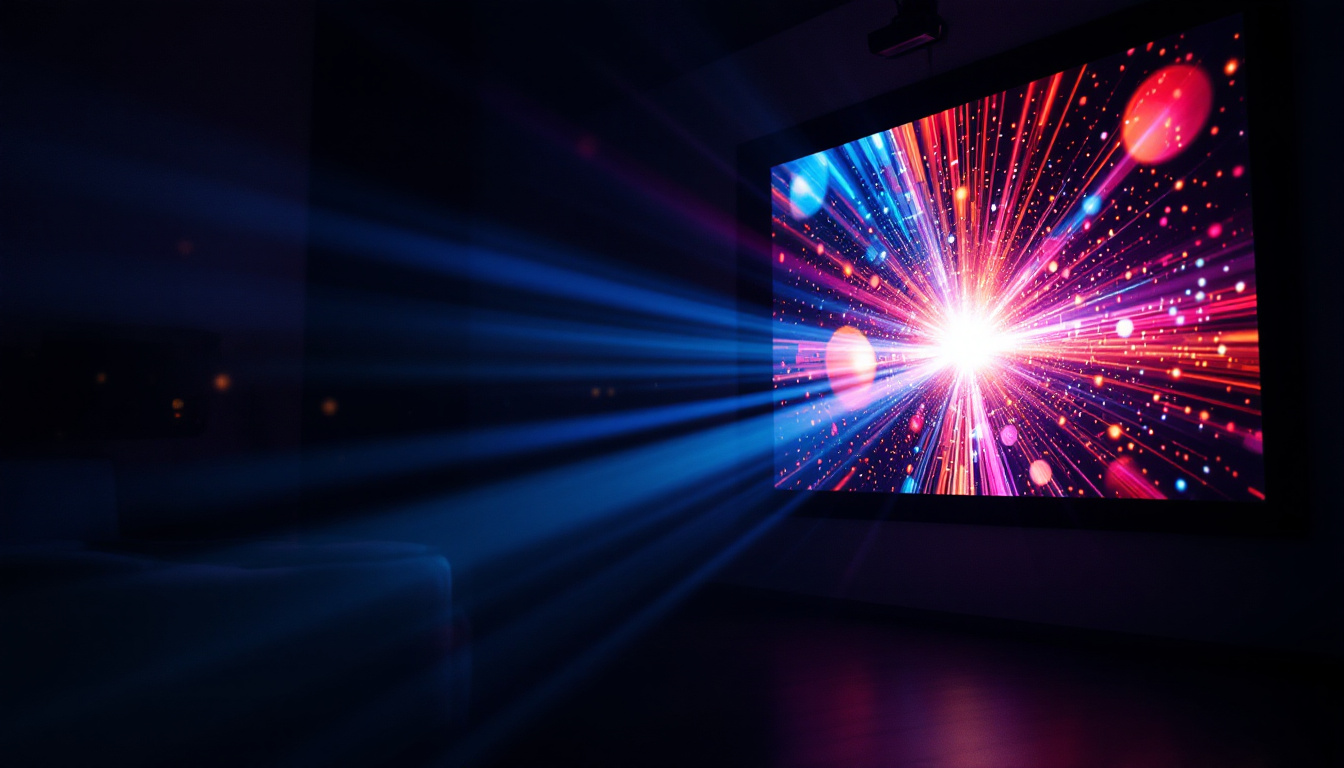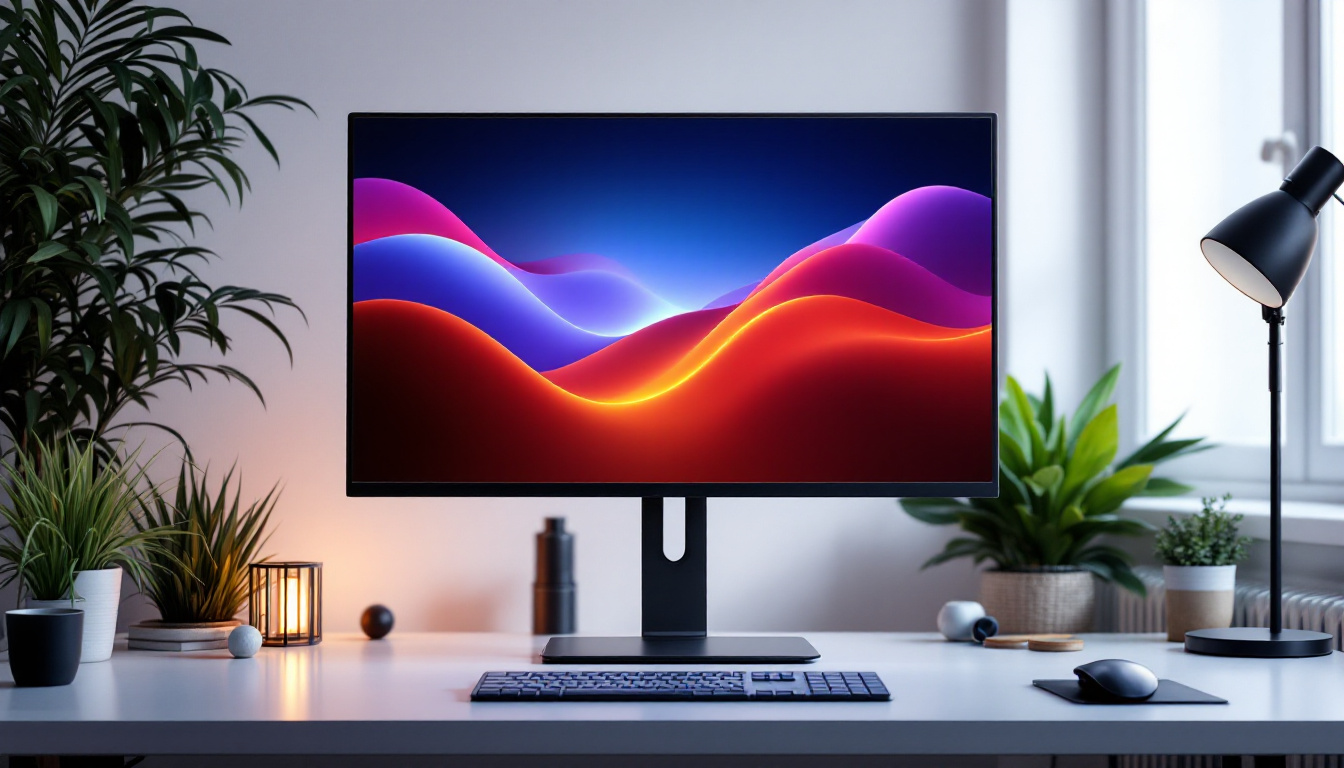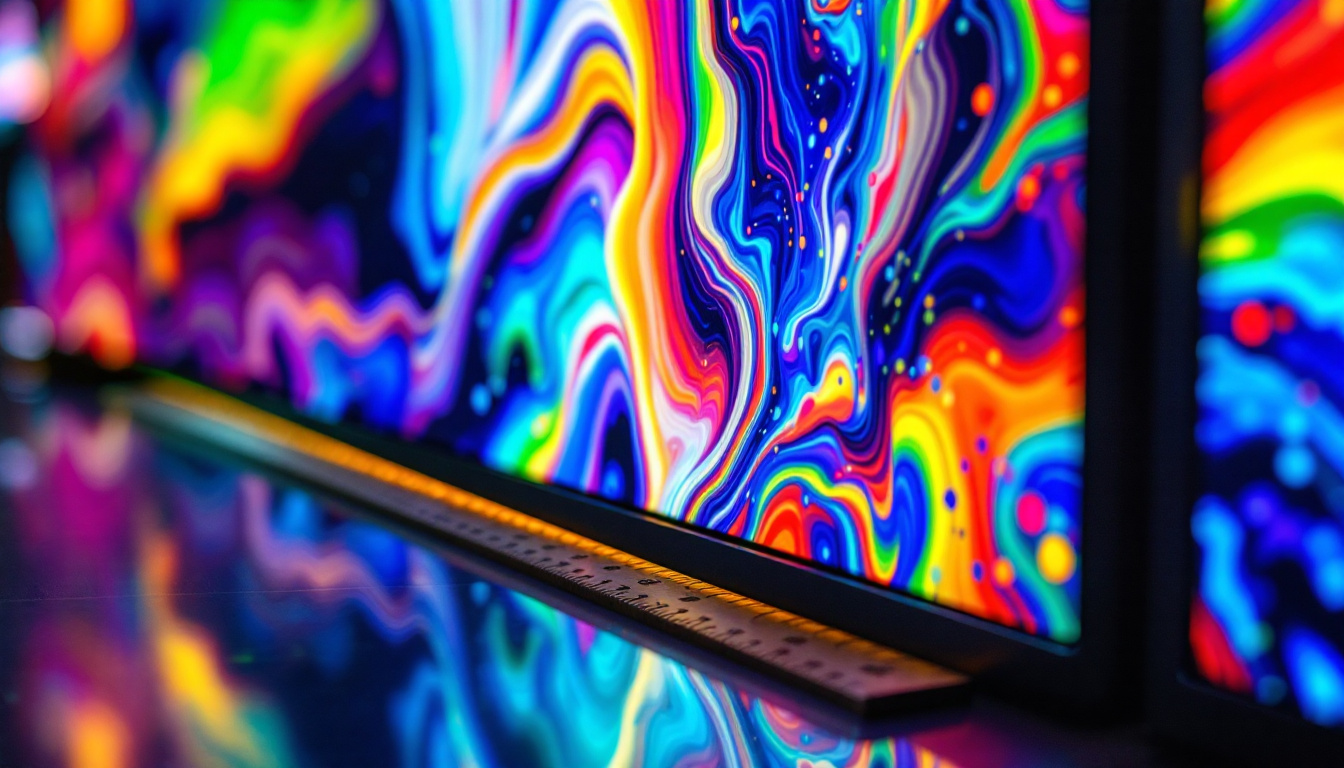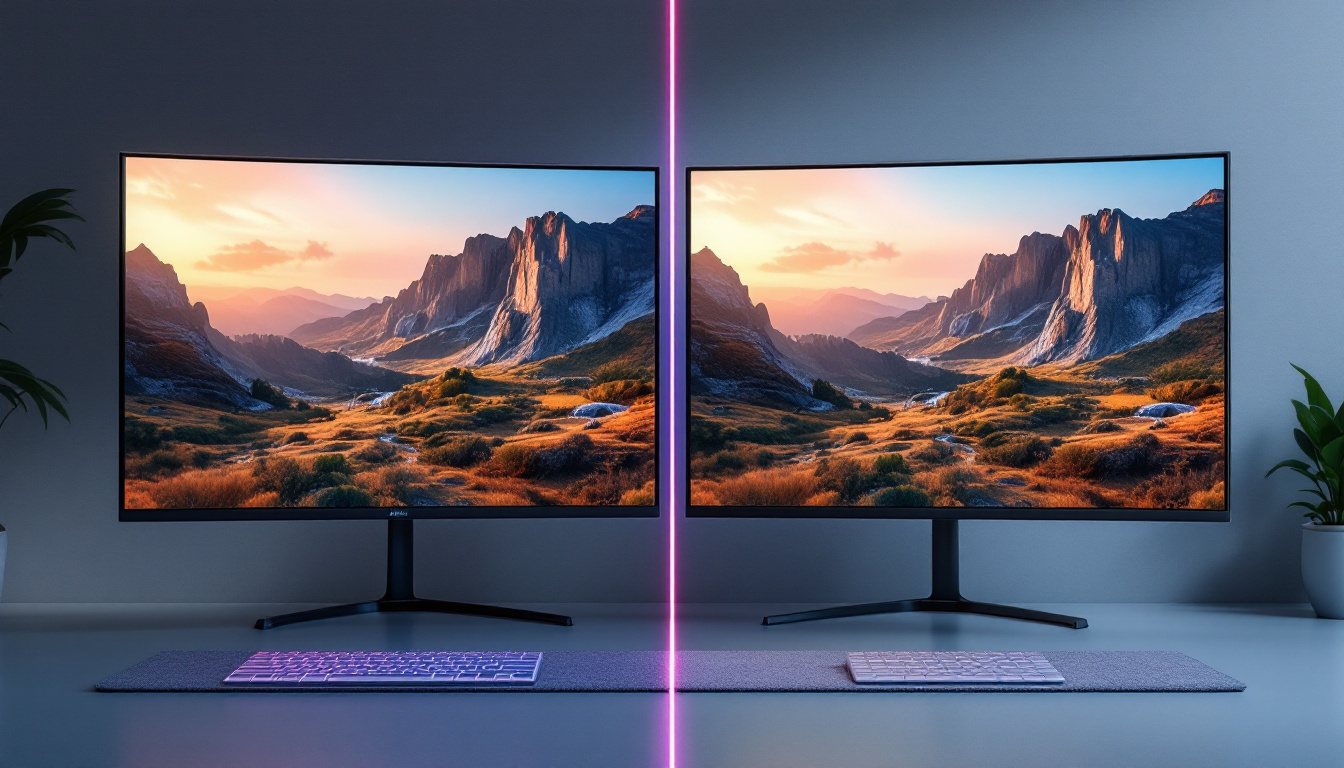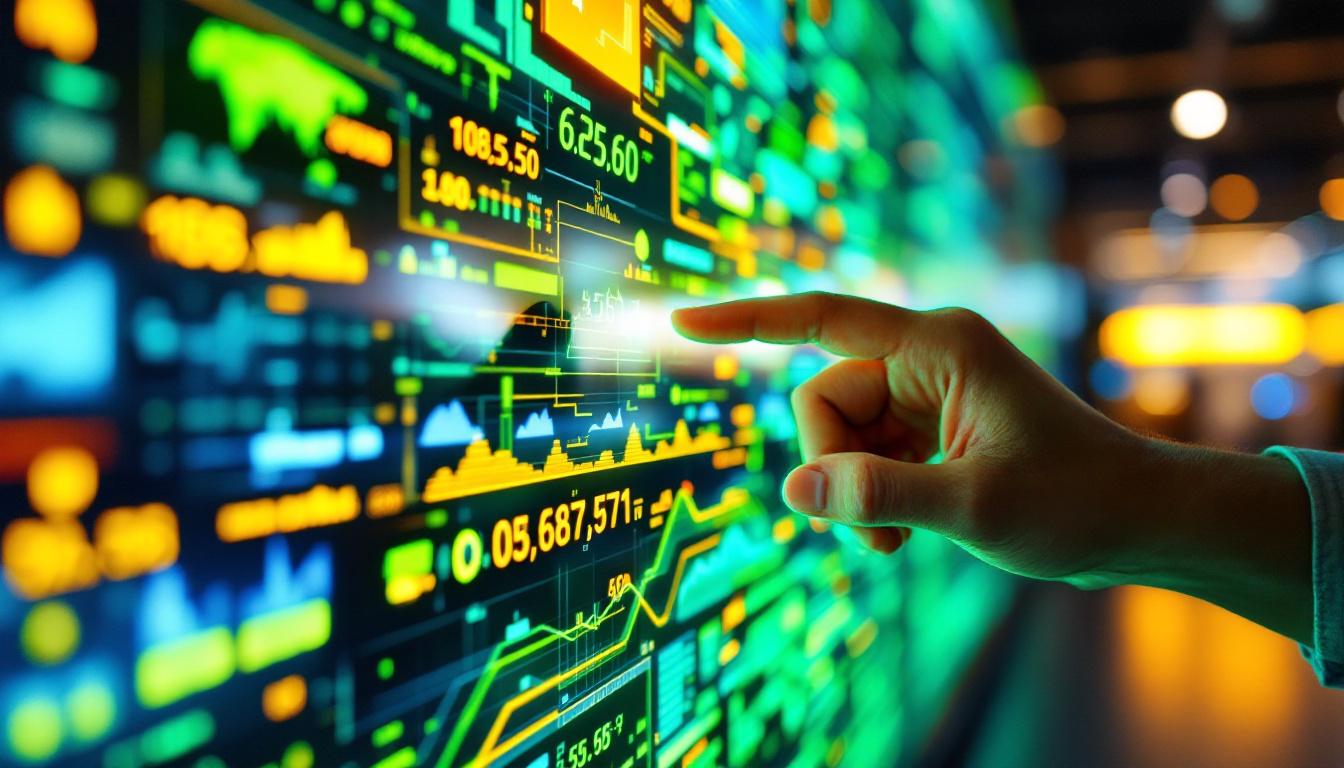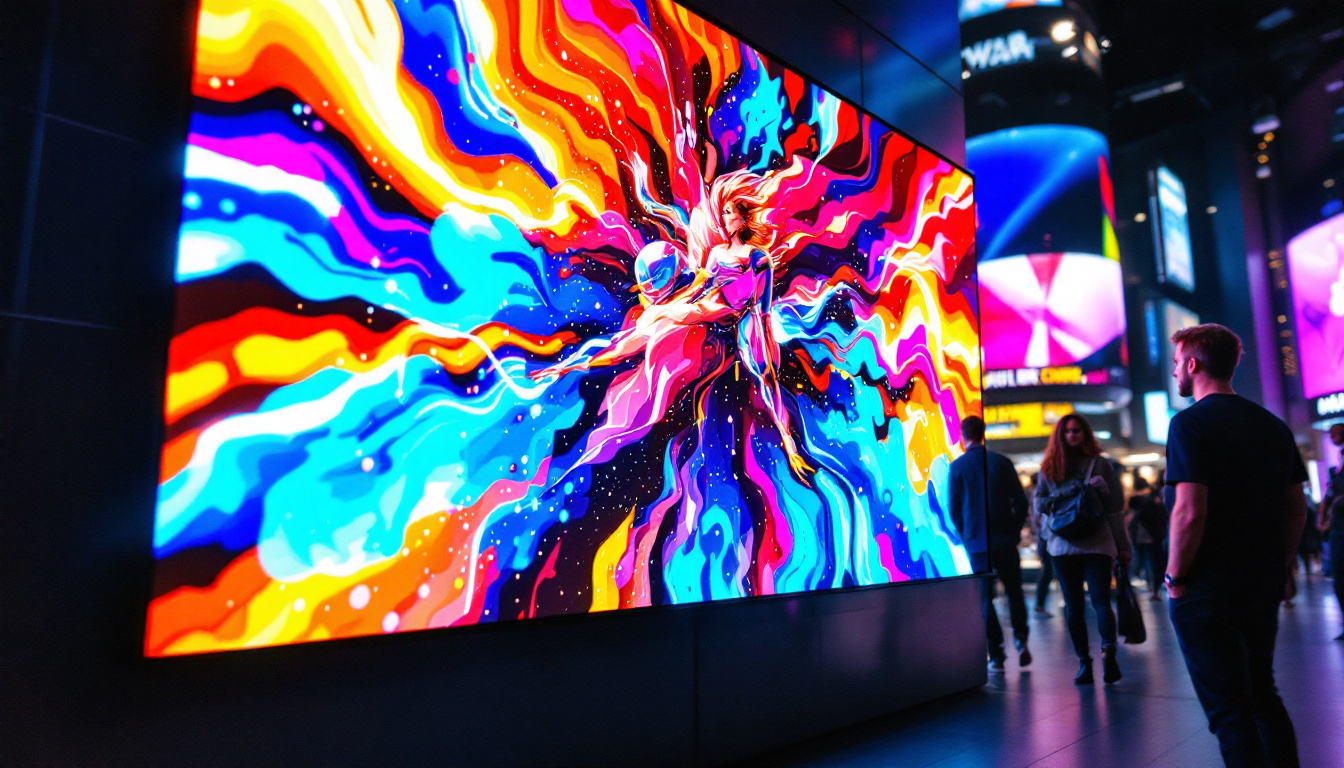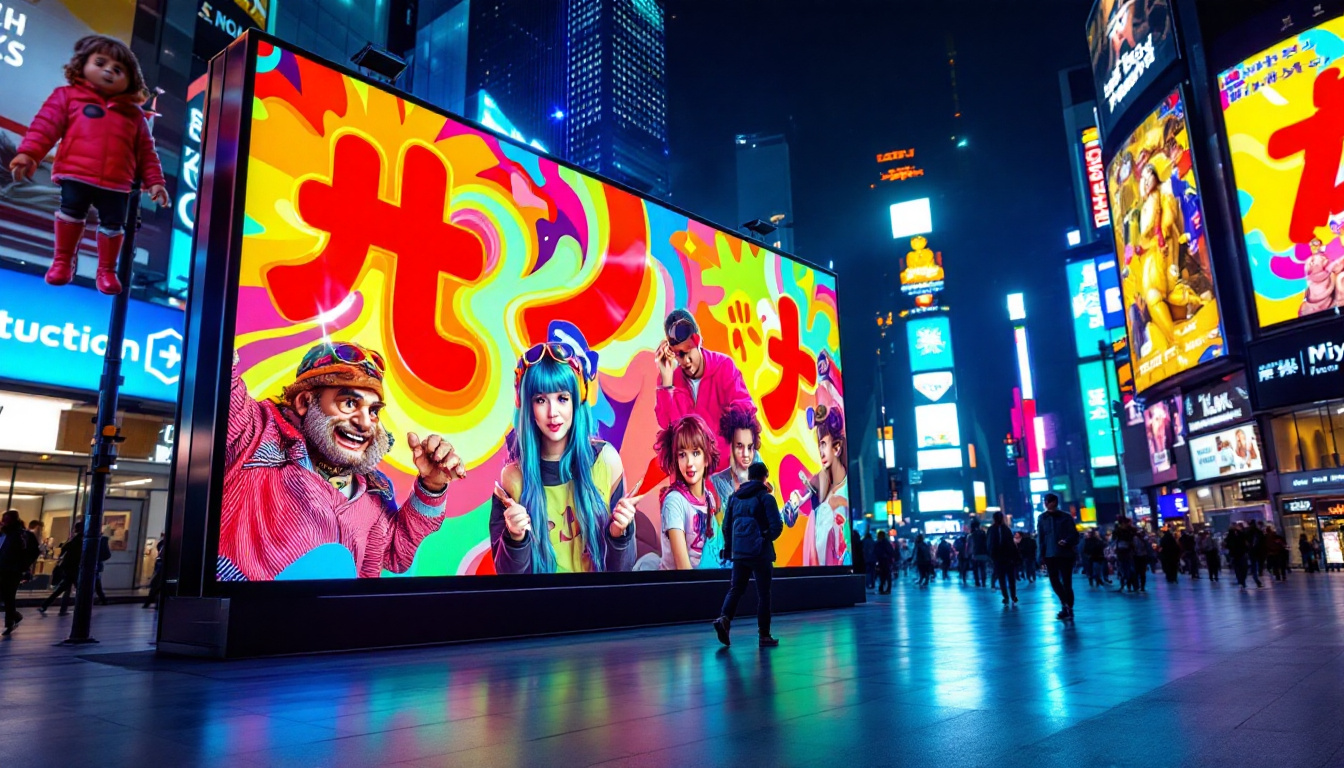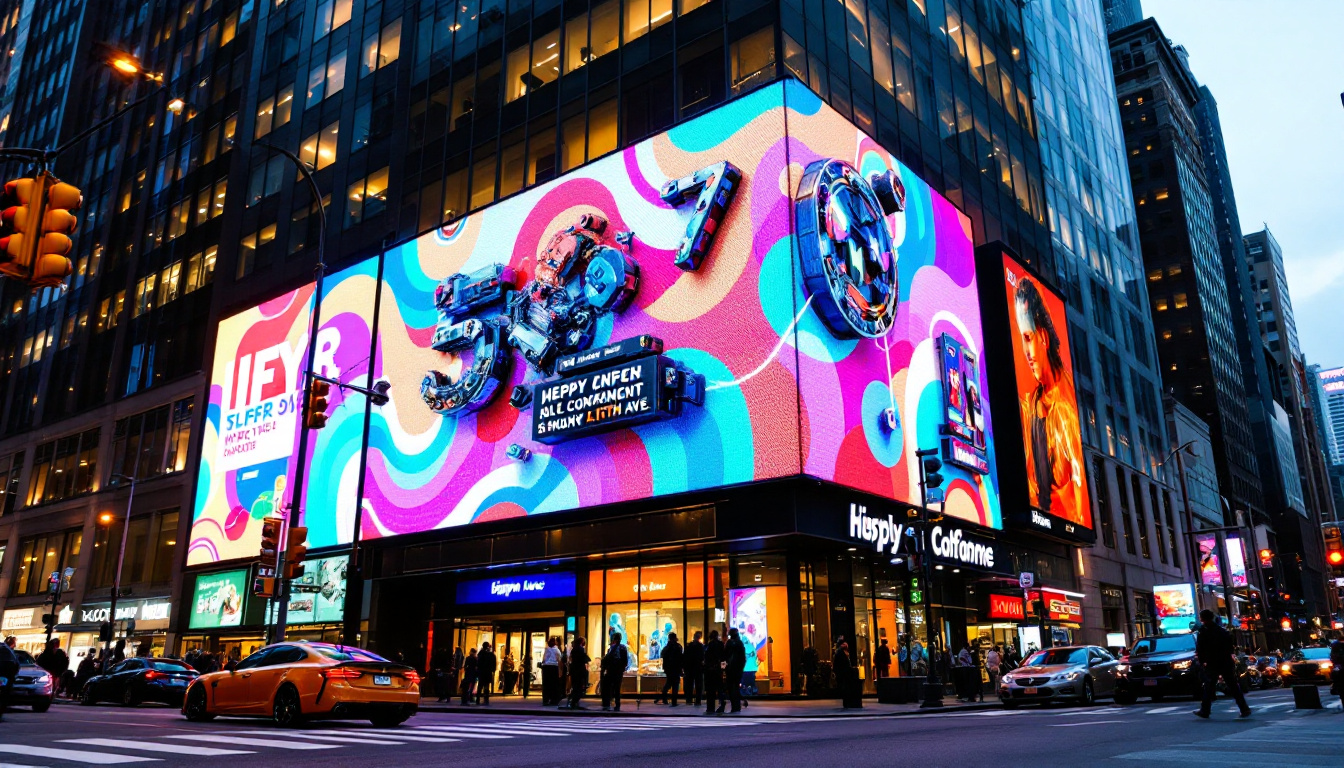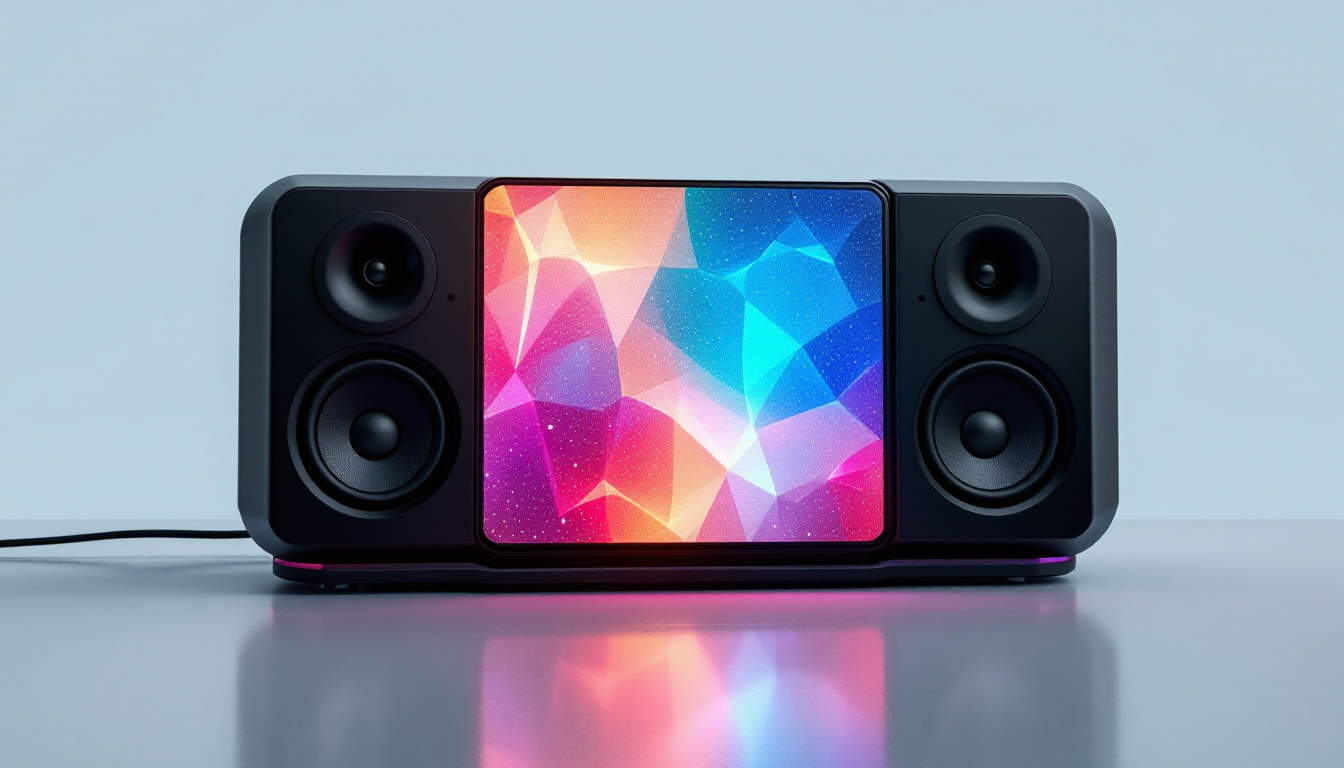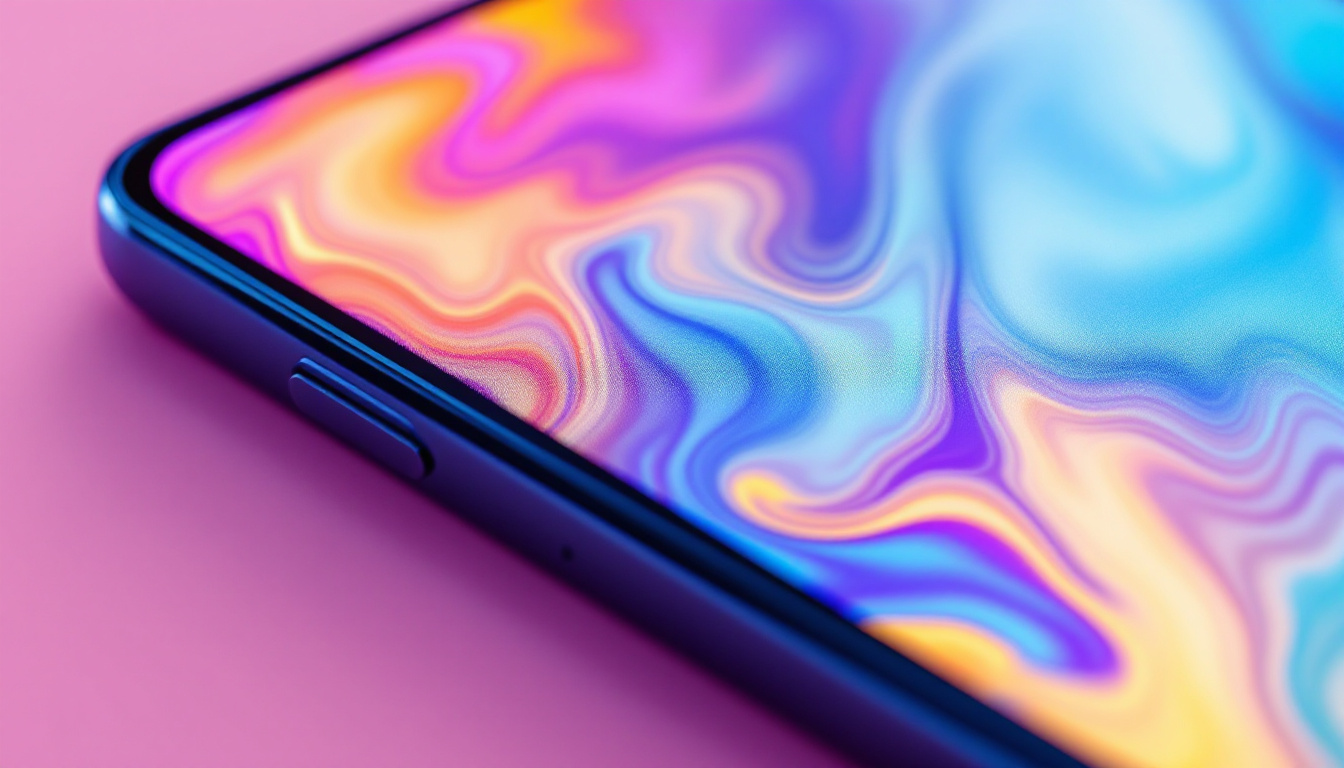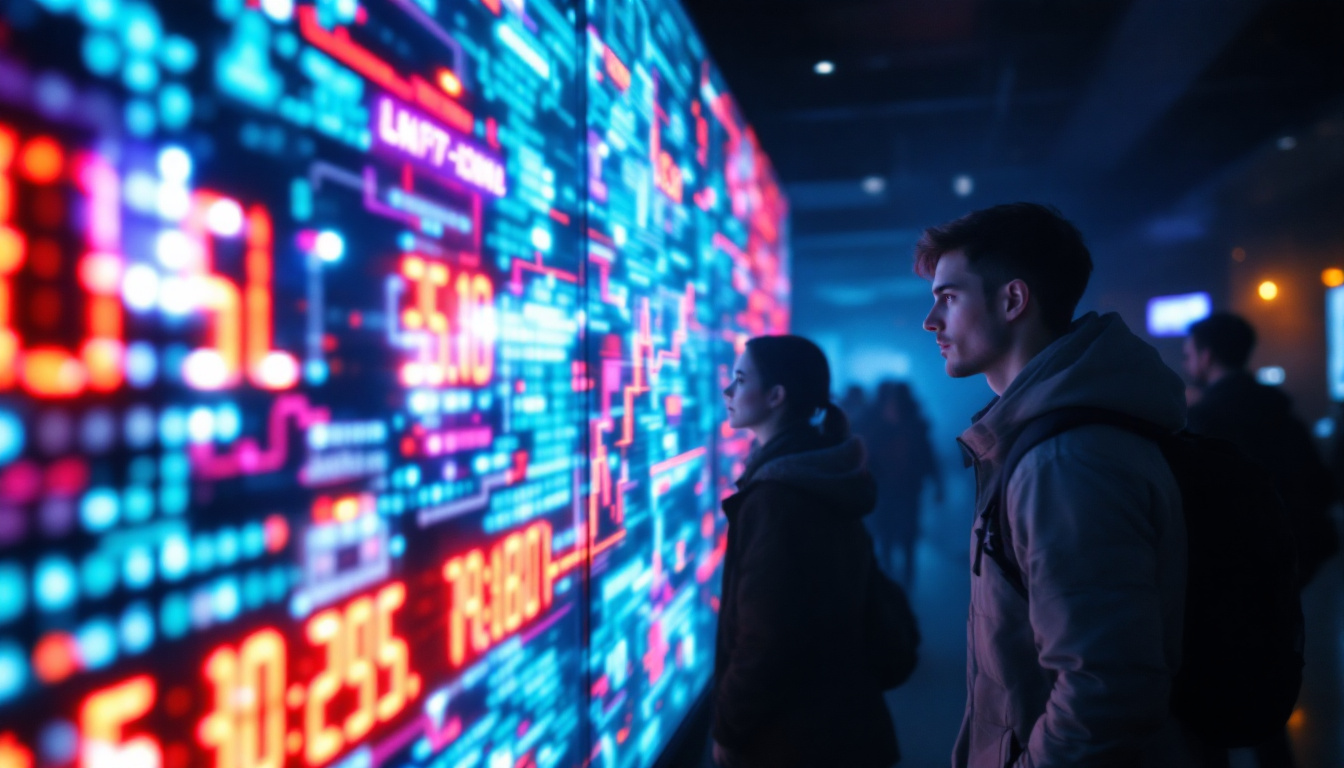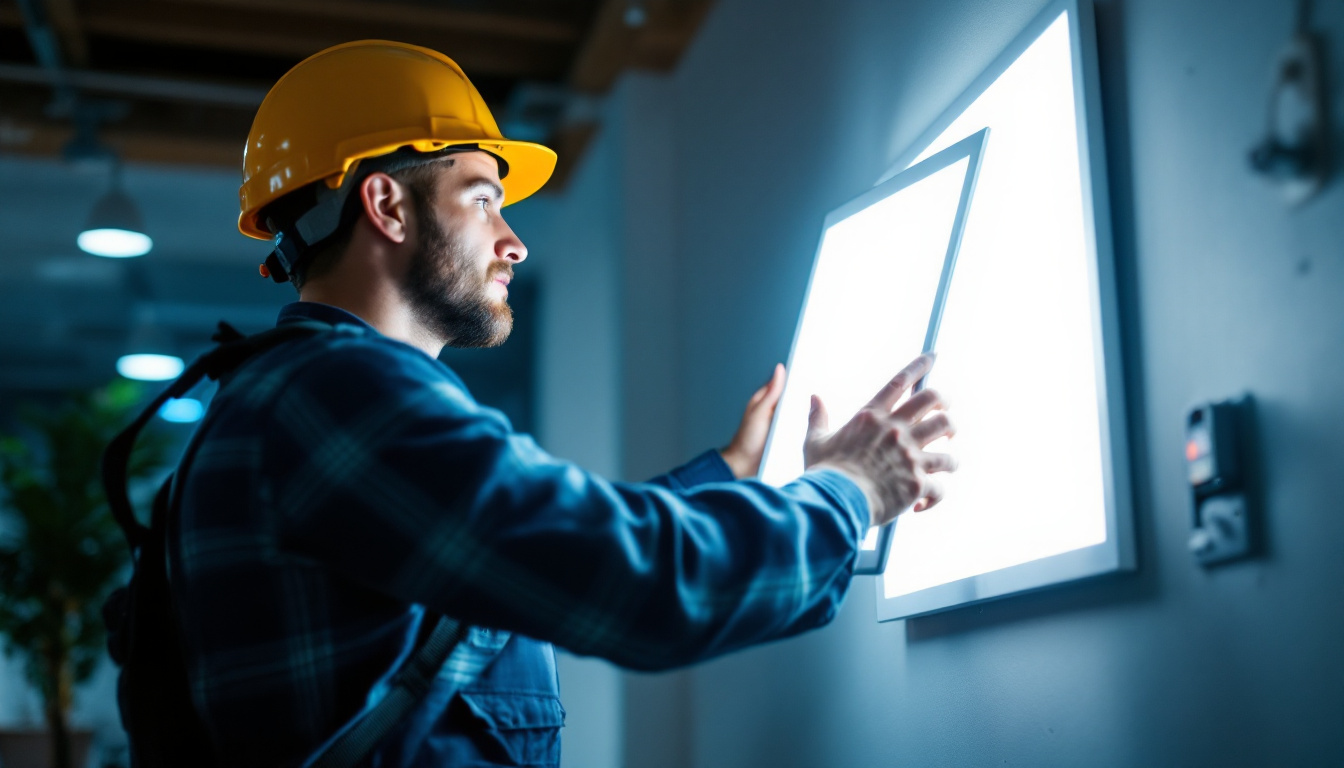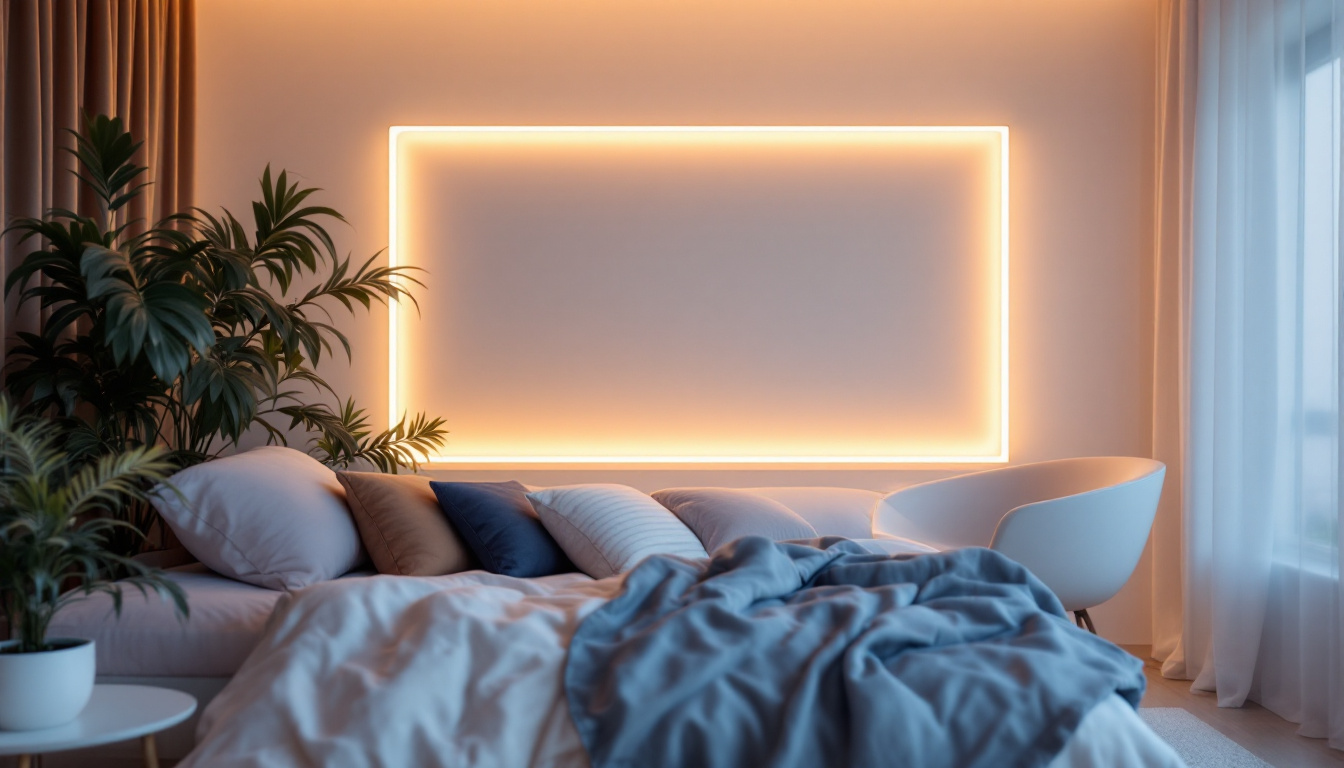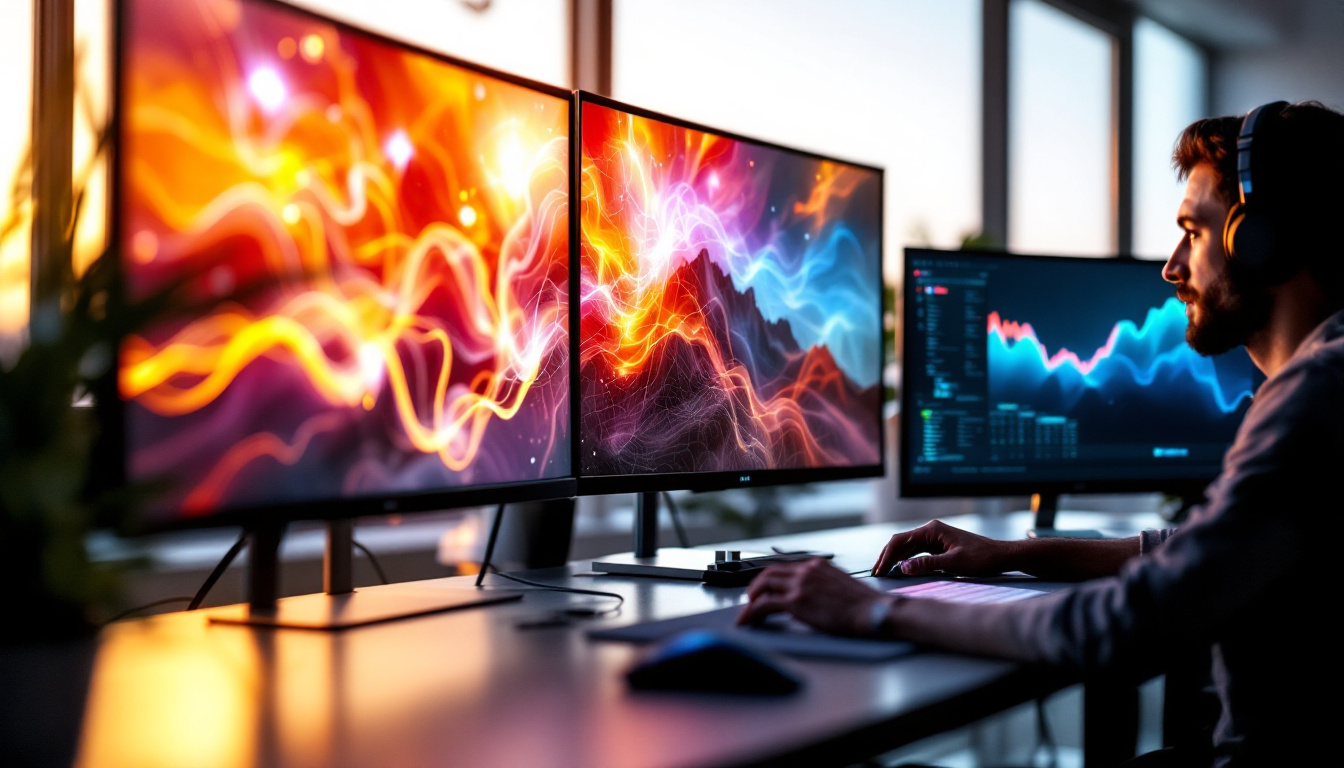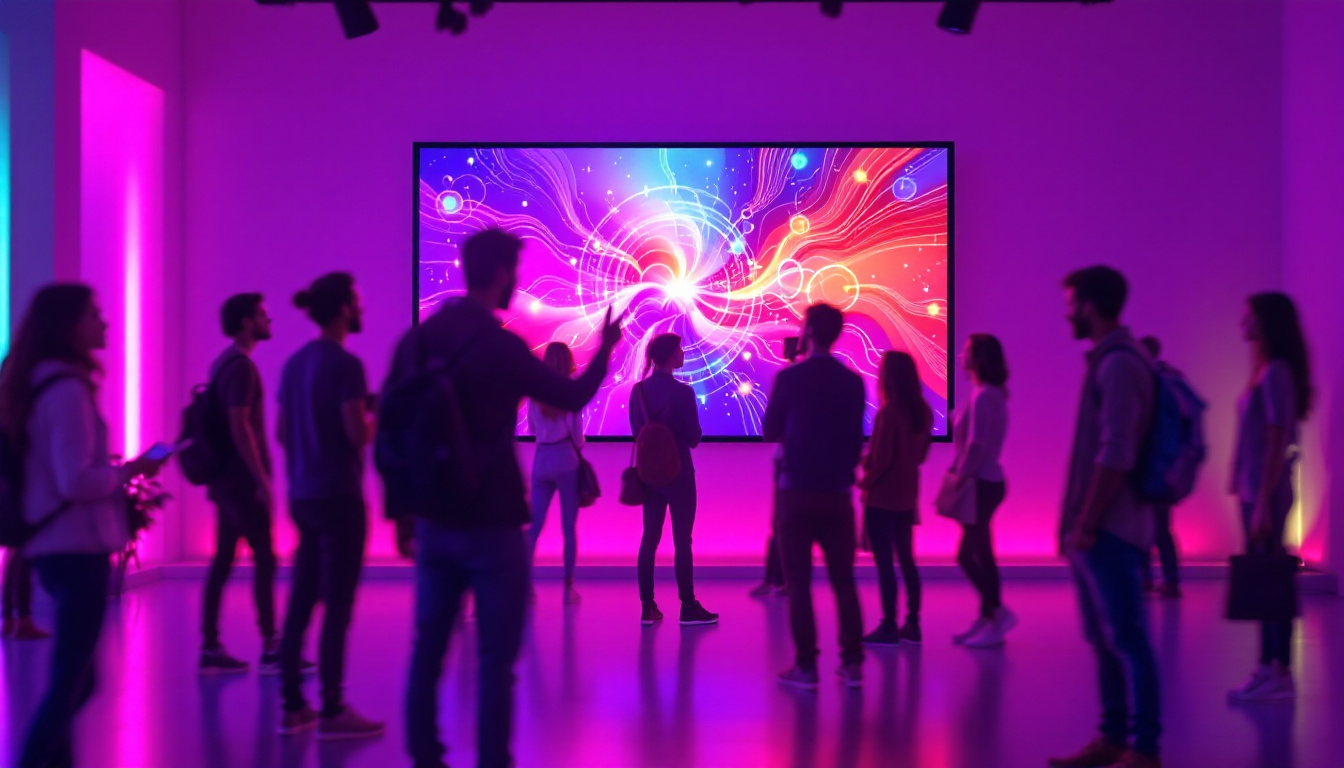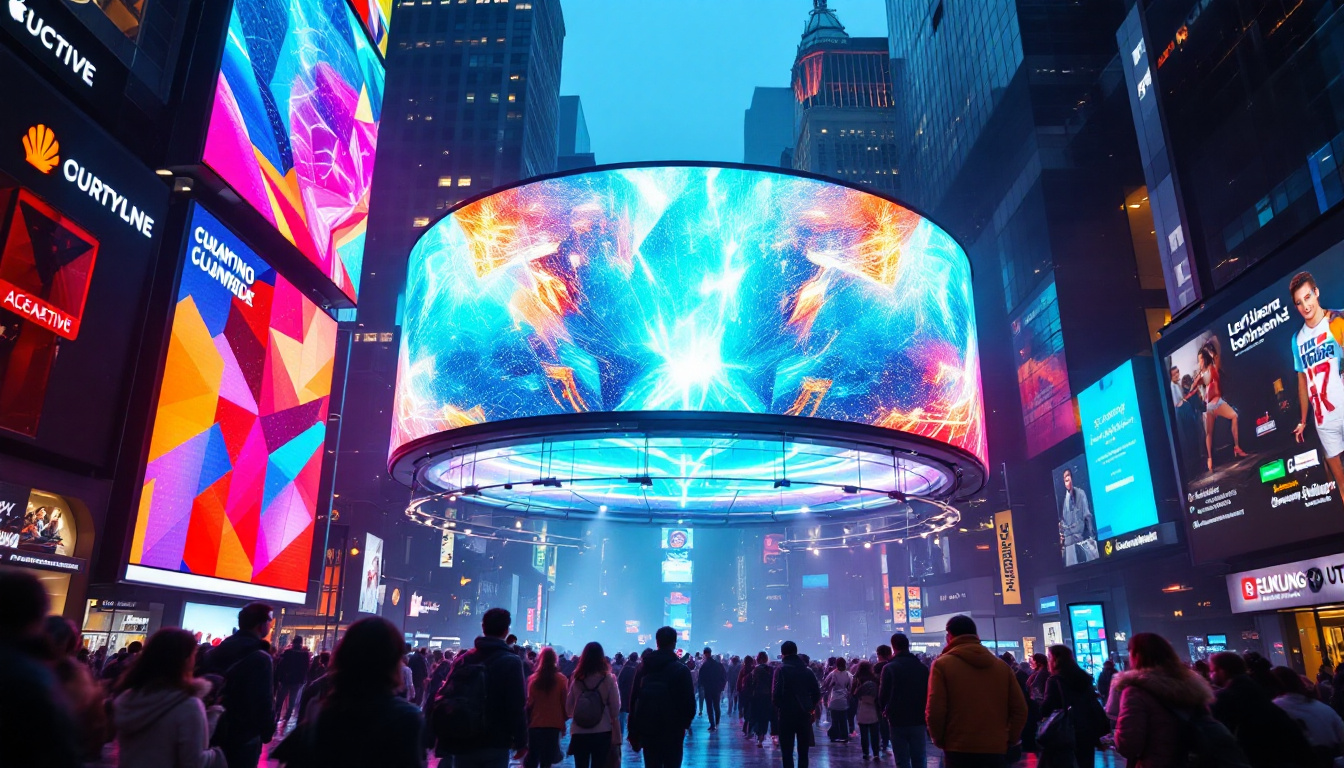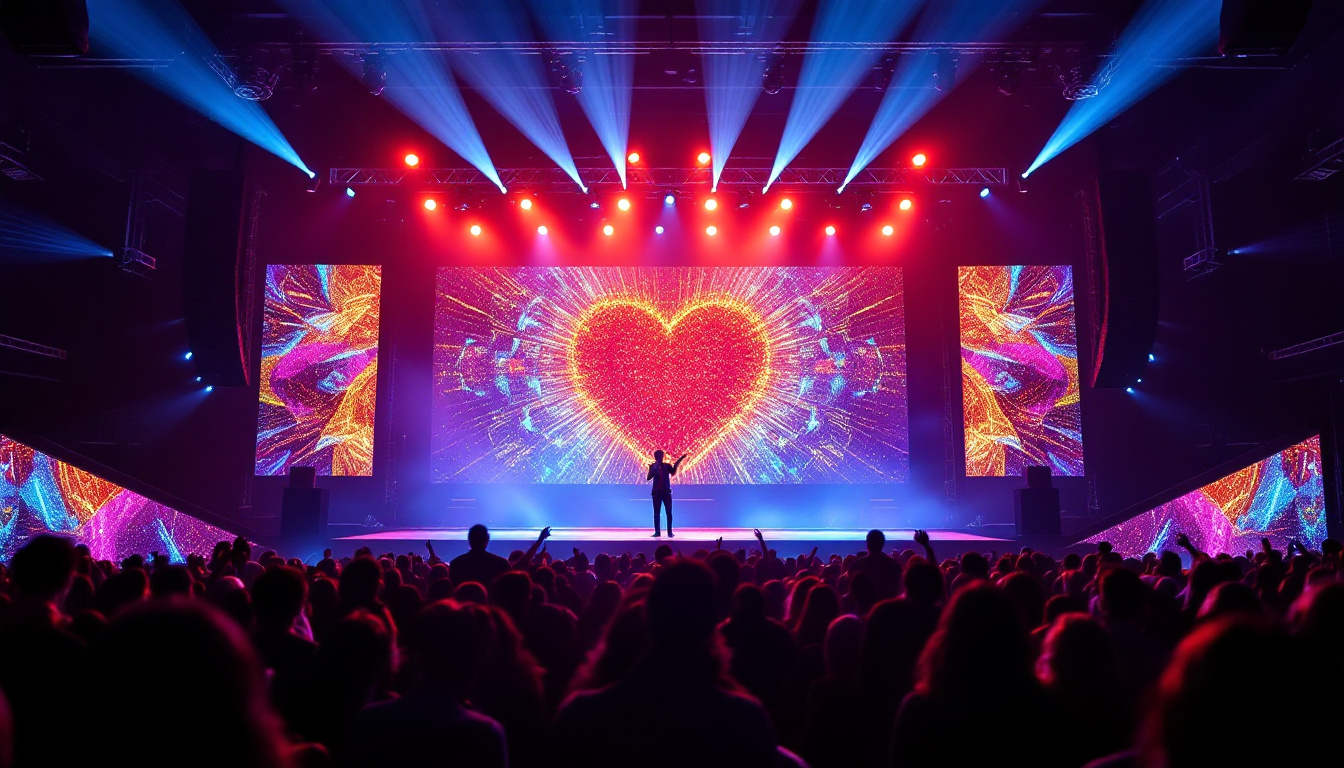In an age where digital displays dominate advertising, entertainment, and information dissemination, the technology behind these screens continues to evolve rapidly. Among the most innovative advancements is the development of flexible LED displays, often referred to as “Panel LED Flexible.” These displays offer a versatile alternative to traditional rigid LED panels, opening new possibilities for design, installation, and user experience. This article delves into what flexible LED panels are, how they work, their applications, and why they are becoming a game-changer in the display industry.
Understanding Flexible LED Panels
What Are Flexible LED Displays?
Flexible LED displays are a type of digital screen built using LED technology but designed to bend, curve, or fold without damaging the display or compromising image quality. Unlike conventional LED panels, which are rigid and flat, flexible LED panels use advanced materials and manufacturing techniques to allow for physical flexibility.
These displays consist of tiny light-emitting diodes embedded on a flexible substrate, which can be made from materials such as plastic or thin, bendable circuit boards. The result is a lightweight, durable screen that can be shaped to fit curved surfaces or unconventional spaces. This adaptability opens up new possibilities in design and architecture, allowing for innovative applications in both commercial and residential settings. For instance, flexible LED panels can be integrated into the contours of buildings, creating dynamic facades that can change appearance based on lighting and content.
How Do Flexible LED Panels Work?
The core technology behind flexible LED panels is similar to that of traditional LED screens: each pixel is a tiny LED that emits light when an electric current passes through it. However, the key difference lies in the substrate and assembly methods. Flexible LED panels use organic or inorganic materials that maintain conductivity and brightness while allowing the panel to bend.
Manufacturers employ techniques such as microLED or OLED technology, combined with flexible printed circuit boards (FPCBs), to create these panels. The result is a display that can be rolled, curved, or even folded, while maintaining high resolution, brightness, and color accuracy. This technological advancement not only enhances the visual experience but also contributes to energy efficiency, as many flexible LED displays consume less power compared to their traditional counterparts. Moreover, their lightweight nature makes installation easier and more cost-effective, paving the way for widespread adoption in various sectors, including advertising, entertainment, and even healthcare, where displays can be tailored to fit unique environments or patient needs.
Advantages of Flexible LED Displays
Design Freedom and Versatility
One of the most significant benefits of flexible LED displays is their adaptability. Designers and architects can integrate these panels into environments where traditional screens would be impractical or impossible. This includes curved walls, cylindrical columns, domed ceilings, and even wearable technology.
For example, retail stores can create eye-catching curved video walls that wrap around corners, while event organizers can design immersive environments with LED surfaces that flow seamlessly across different shapes. The creative possibilities are virtually limitless; flexible LED displays can be used to create stunning visual experiences in art installations, museums, and even theaters, where they can transform the backdrop of a performance into a dynamic and interactive canvas. This ability to mold and shape displays to fit unique architectural features not only enhances aesthetic appeal but also engages viewers in a more profound way, inviting them to experience the space differently.
Lightweight and Durable
Flexible LED panels are typically lighter than their rigid counterparts, making installation easier and reducing the structural support required. Their durability also means they can withstand impacts and vibrations better, which is particularly useful in transportation hubs, outdoor installations, or mobile applications.
Moreover, the robust nature of these displays allows them to perform well in various environmental conditions, including extreme temperatures and humidity levels. This resilience makes them an ideal choice for outdoor advertising, where they can endure the elements while maintaining high performance. Additionally, the lightweight design facilitates easier transportation and setup, which is a significant advantage for events that require quick assembly and disassembly, such as concerts and exhibitions. This combination of durability and portability ensures that flexible LED displays can be utilized in a wide range of scenarios without compromising on quality or reliability.
Energy Efficiency and Brightness
Modern flexible LED panels maintain the energy efficiency inherent to LED technology. They provide bright, vibrant images with lower power consumption compared to older display technologies like LCD or plasma. This efficiency is crucial for large-scale or continuous-use installations, helping to reduce operational costs and environmental impact.
In addition to their energy-saving capabilities, flexible LED displays are designed to deliver exceptional brightness levels, ensuring visibility even in direct sunlight. This characteristic is particularly beneficial for outdoor advertising, where competing against natural light can be a challenge. Furthermore, the ability to adjust brightness dynamically based on ambient light conditions enhances the user experience, ensuring that content remains clear and engaging at all times. The combination of energy efficiency and high brightness not only supports sustainability efforts but also maximizes the effectiveness of visual communication, making flexible LED displays a smart investment for businesses looking to make a lasting impression.
Applications of Flexible LED Panels
Advertising and Retail
Flexible LED displays have revolutionized advertising by enabling dynamic, attention-grabbing signage in previously unreachable spaces. Brands can now deploy curved or wrap-around digital billboards on building facades, inside shopping malls, or even on vehicles.
Retail environments benefit from these displays by creating immersive brand experiences. For instance, a cosmetics store might use a flexible LED screen to simulate flowing water or other natural effects on curved surfaces, enhancing customer engagement.
Entertainment and Events
Concerts, exhibitions, and theater productions increasingly rely on flexible LED panels to create stunning visual backdrops that conform to unique stage designs. These displays can be shaped into arches, waves, or other artistic forms, offering creative freedom for event designers.
Additionally, the lightweight nature of flexible LED panels makes them ideal for touring shows, where quick assembly and disassembly are essential.
Architectural Integration
Architects are incorporating flexible LED panels into building designs to add dynamic lighting and information displays that blend seamlessly with the structure. Examples include curved LED facades, interactive walls, or ceilings that change color and pattern according to the time of day or event.
Such integrations not only enhance aesthetic appeal but also contribute to smart building concepts, where digital displays provide real-time information or environmental feedback.
Transportation and Mobility
Flexible LED panels are increasingly used in public transportation systems for route information, advertising, and safety messages. Their ability to conform to curved surfaces makes them perfect for buses, trains, and even aircraft interiors.
Moreover, the durability and brightness of these panels ensure visibility under various lighting conditions, improving passenger experience and communication.
Technical Considerations and Challenges
Resolution and Pixel Pitch
Resolution and pixel pitch are critical factors when selecting a flexible LED panel. Pixel pitch refers to the distance between individual LEDs and affects image sharpness and viewing distance. While flexible LED panels have improved significantly, achieving ultra-high resolution on curved or small surfaces can be challenging due to manufacturing constraints.
Choosing the right pixel pitch depends on the intended application — for example, a large outdoor billboard requires a larger pixel pitch than a close-view retail display.
Durability and Longevity
Although flexible LED panels are designed to be robust, their flexible nature means they may be more susceptible to wear and tear over time compared to rigid panels. Factors such as repeated bending, exposure to extreme temperatures, and moisture can affect performance and lifespan.
Manufacturers often reinforce flexible panels with protective coatings and recommend specific handling and installation procedures to maximize durability.
Cost Considerations
Flexible LED technology is generally more expensive than traditional rigid LED panels due to the complexity of materials and manufacturing processes. However, the benefits in design flexibility and installation can offset these costs in many applications.
As the technology matures and demand increases, prices are expected to decrease, making flexible LED displays more accessible across various industries.
Future Trends in Flexible LED Technology
Advances in MicroLED and OLED
Emerging technologies like microLED and OLED are pushing the boundaries of flexible displays even further. MicroLED offers higher brightness and energy efficiency, while OLED provides excellent color reproduction and flexibility at thinner form factors.
These advances will likely lead to even more versatile and high-performance flexible LED panels, suitable for applications ranging from wearable devices to large-scale architectural installations.
Integration with Smart Technologies
Flexible LED panels are increasingly being integrated with sensors, IoT devices, and AI-driven content management systems. This integration enables interactive displays that respond to environmental cues, user behavior, or real-time data feeds.
For example, a flexible LED wall in a retail store could adapt its content based on customer demographics or inventory levels, enhancing marketing effectiveness.
Sustainability and Eco-Friendly Materials
As sustainability becomes a priority, manufacturers are exploring eco-friendly materials and production methods for flexible LED panels. This includes using recyclable substrates, reducing hazardous chemicals, and improving energy efficiency throughout the product lifecycle.
Such efforts align with global environmental goals and appeal to environmentally conscious consumers and businesses.
Conclusion
Flexible LED panels represent a significant leap forward in display technology, combining the proven benefits of LED lighting with unprecedented design flexibility. Their ability to conform to diverse shapes and environments unlocks new creative possibilities across advertising, entertainment, architecture, and transportation.
While challenges such as cost and durability remain, ongoing technological advancements promise to make flexible LED displays more accessible and reliable. For businesses and designers looking to make a bold visual impact, understanding and leveraging flexible LED technology is becoming increasingly essential.
As the digital display landscape continues to evolve, flexible LED panels stand out as a versatile and innovative solution poised to shape the future of visual communication.
Discover the Future of LED Displays with LumenMatrix
Ready to embrace the future of visual storytelling with flexible LED technology? LumenMatrix is at the forefront of this innovative leap, offering a wide array of LED display solutions that cater to your creative and business needs. From Indoor and Outdoor LED Walls to Custom Displays and Transparent LED options, LumenMatrix empowers you to create immersive and dynamic visual experiences. Check out LumenMatrix LED Display Solutions today and transform your space into a captivating canvas of light and color.



